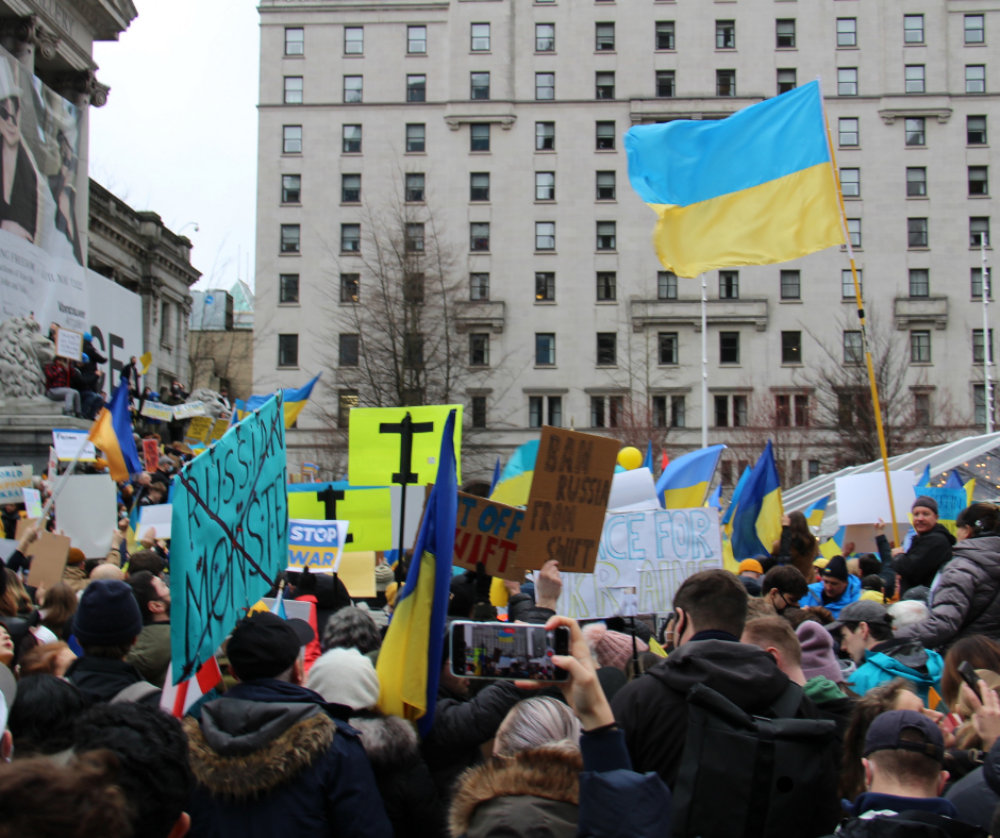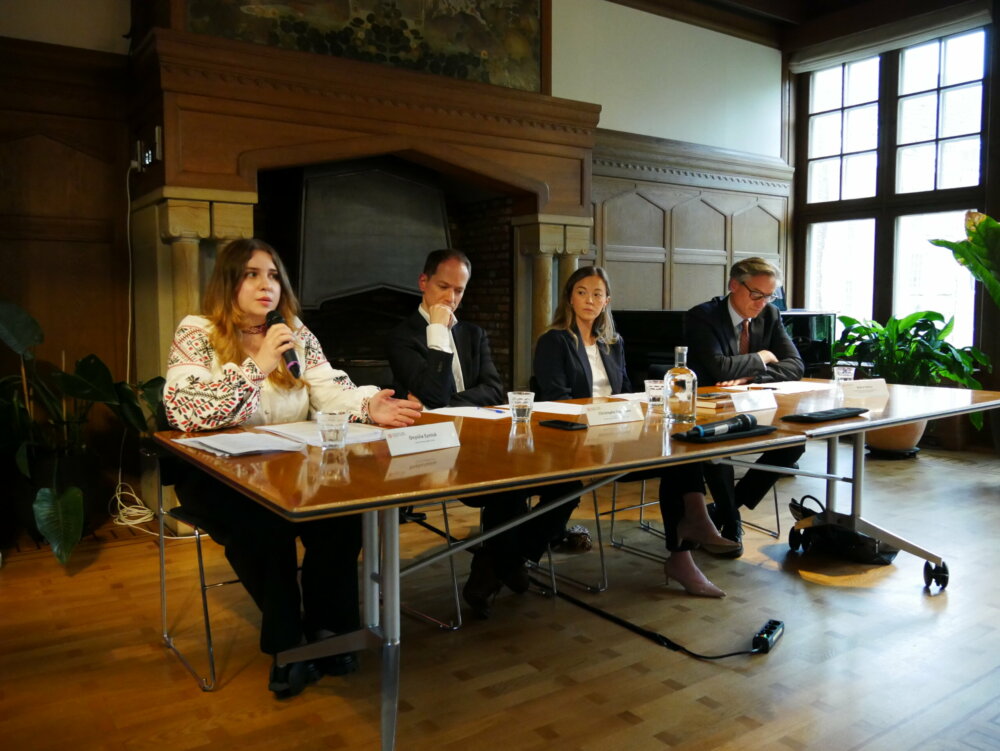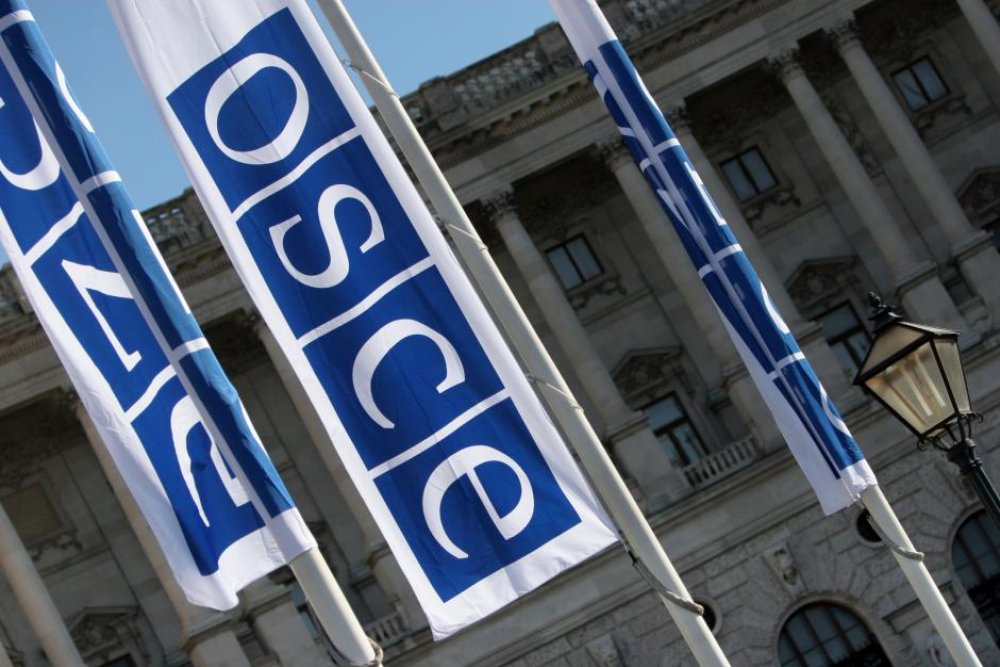Did the Cold War End in Vienna Thirty Years Ago this Week?
Many observers of the international scene, and particularly those who analyze the European and Eurasian security landscape, have already noted that 2019 will be a year of notable anniversaries: 100 years since the Treaty of Versailles, 40 years since the Soviet invasion of Afghanistan, 30 years since the fall of the Berlin Wall, 20 since the Kosovo war as well as the adoption of the Istanbul Charter and the associated Platform for Co-operative Security.
Perhaps almost lost among these undoubtedly more prominent anniversaries, this week marks the 30th anniversary of the adoption on 17 January 1989 of the Vienna Concluding Document (VCD) of the Conference on Security and Co-operation in Europe (CSCE).[i]
Produced during more than two years of negotiations, the text was hailed at the time as a tremendous step forward in European security co-operation across what were then commonly called the CSCE’s three “baskets” – what are now known in the Organization for Security and Co-operation in Europe (OSCE) as the politico-military, economic and environmental, and human dimensions of security.
The VCD’s human rights and humanitarian provisions were far more extensive and detailed than those of any previous CSCE document, including the first-ever “mechanism” for raising human dimension concerns formally, specific references to such then-controversial issues as the right to leave one’s own country, and elaboration in considerable practical detail of the right to freedom of religion, conscience or belief. The VCD included an agreed schedule for a series of major CSCE meetings from 1989 through 1991 on human dimension topics, culminating in the October 1991 Moscow Meeting on the Human Dimension.
The Document also endorsed important confidence- and security-building measures applicable to all participating States, and an Annex included the mandate agreed by 23 participating States (then members of NATO and the Warsaw Pact) for the launching of negotiations for a treaty on Conventional Forces in Europe (CFE) to replace the long-running but unproductive Mutual and Balanced Force Reduction talks.
The VCD was the product of the third major meeting to “follow-up” adoption of the Helsinki Final Act, opened in November 1986 as part of the CSCE process after similar gatherings in Belgrade (1978) and Madrid (1980-83).
While the VCD may appear in hindsight as a logical step in development of the OSCE acquis from the 1975 Helsinki Final Act to the 1990 Charter of Paris and beyond, it looks much more impressive if one recalls the situation when the Vienna Follow-Up Meeting opened in November 1986. The United States and the Soviet Union had just engaged in a tit-for-tat series of arrests on espionage charges and mass expulsions of diplomats. Western analysts were deeply divided over the extent to which recently elevated Soviet leader Mikhail Gorbachev was prepared to countenance fundamental changes in foreign or domestic policies. The U.S. was still seeking to deploy intermediate-range nuclear missiles in Europe despite strong opposition across the continent, strategic arms limitation talks had not borne fruit as the U.S. moved to develop Reagan’s “Star Wars” initiative, and Soviet forces remained bogged down in Afghanistan in the face of resistance supported by the U.S. and other outside powers.
What was already clear on day one of the Vienna CSCE Follow-Up Meeting was that the Soviet leaders were launching a charm offensive: when the gathering opened on 4 November 1986, then-Soviet Foreign Minister (and future President of Georgia) Eduard Shevardnadze proposed that the CSCE participating States should meet in Moscow to discuss human rights and humanitarian questions. The proposal came as a shock to Western participants of the meeting, who were divided over whether to consider the idea seriously. But they were relatively united in their belief that such a meeting could not be accepted without fundamental improvements in the USSR’s implementation of its CSCE human rights and humanitarian commitments as well as solid guarantees that civil society organizations would be able to play a meaningful role both inside and on the margins of the Moscow meeting.
The Soviet negotiating position was not helped by the death of a prominent human rights activist in prison just before the end of the first round of talks in December 1986. Perhaps not coincidentally, however, the Soviet image improved a few days thereafter with the return to Moscow from internal exile of Nobel laureate and human rights activist Andrei Sakharov at the personal invitation of Mikhail Gorbachev. Many positive developments followed in 1987 and 1988, both in the “real world” and in difficult but ultimately constructive Vienna talks.
Though even more dramatic changes were to follow in 1989 and beyond, the situation at the beginning of that year had changed dramatically since the start of the Vienna Meeting – both inside certain CSCE countries and in relations among them.
United States President Ronald Reagan had moved from describing the USSR as the “evil empire” to an unprecedented level of dialogue and important agreements with his Soviet counterpart, hundreds of political prisoners were released in various countries, permission for departure became much easier to obtain for those seeking to leave the USSR for emigration or family visits, and jamming of Western radio stations had ceased. No one in either the West or the Soviet Union had illusions that the radical transformation of Communist societies was complete nor did they have any idea how the ongoing processes would conclude.
But the CSCE process was both a contributor to and a beneficiary of historic changes then underway. Concerns about holding a human rights meeting in Moscow had gradually been replaced by a sense that the opportunities outweighed the risks, and the original Soviet proposal was incorporated into the calendar of “human dimension” events that would be mandated by the VCD.
Rather waiting for the inauguration of a new American President and the risk of a policy review that could drag on, the Administration of Ronald Reagan agreed in its final days to join the other 34 CSCE participating States in accepting the Vienna Concluding Document and simultaneously to launch the CFE negotiations.
In Reagan’s words, “The Vienna meeting demonstrate[d] again the importance of the process which began with the historic signing of the Helsinki Final Act in 1975… what started as a forum for 35 nations to express their hopes and concerns for reducing tensions in Europe has become a process dedicated to the strengthening of peace, human rights and economic cooperation among all participants.” Shevardnadze described the meeting as a “watershed”, Professor Sarah Snyder observed that “the close of the Vienna meeting marked the end to the traditional East-West divide that characterized the CSCE and Europe,” and some participants even saw the VCD marking the end of the Cold War. [ii]
By launching the CFE talks and agreeing on the VCD at the beginning of 1989, CSCE participating States initiated new processes the importance and impact of which observers of that time could hardly imagine: these included a CFE Treaty with significant force reductions and robust verification regimes; the extensive human rights and democracy provisions accepted by CSCE participating States at the 1990 Copenhagen Meeting on the Human Dimension (including the basis for OSCE election observation); and the historic 1991 declaration in Moscow that issues relating to implementation of human dimension commitments do not fall exclusively within the domestic affairs of the state concerned.
As we survey the European security landscape and the role of the OSCE at the dawn of this notable anniversary year, it may be useful to consider how much progress was made at the Vienna meeting from its contentious 4 November 1986 opening to its successful conclusion on 17 January 1989. For a variety of reasons that had much to do with global developments and skillful diplomacy in Vienna, enormous progress was made in a relatively short time. Could something similar happen again?
Doug Wake, currently a Senior Expert in the Strategic Policy Support Unit (SPSU) in the Office of the OSCE Secretary General, attended several rounds of the CSCE Vienna Meeting between 1986 and 1988 as a member of the United States delegation. The views expressed here are his own and do not necessarily represent those of the OSCE or any other entity.
[i]Technically the “Concluding Document of the Vienna Meeting 1986 of Representatives of the participating States of the Conference on Security and Co-operation in Europe, held on the basis of the provisions of the Final Act relating to Follow-up to the Conference”.
[ii]See Sarah B. Snyder, “Principles Overwhelming Tanks: Human Rights and the End of the Cold War,” Chapter 12 in The Human Rights Revolution: An International History, edited by Akira Iriye, Petra Goedde, and William I. Hitchcock. Oxford University Press, 2012, pp. 263-283 (https://sarahbsnyder.net/wp-content/uploads/2017/05/Human-Rights-Revolution-Chapter.pdf).



Comments
* Your email address will not be published